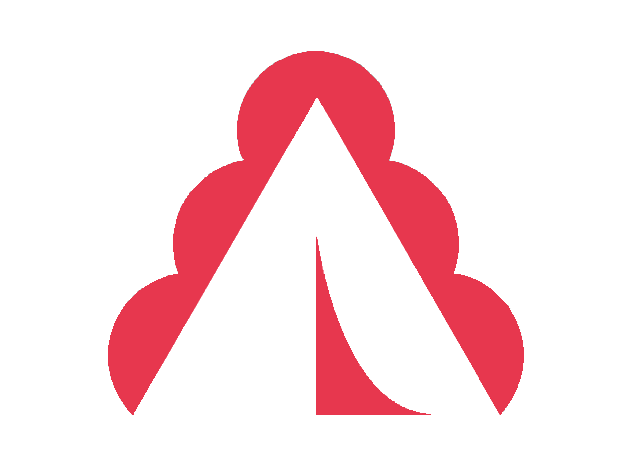The Northern Cheyenne Indian Reservation in Montana is a 444,000-acre (1,800 km²) plot of land in a devastatingly beautiful region near eastern Montana’s Badlands.
Amid the unique rock formations and rolling prairies of the northern Great Plains sits the four main cities of the reservation, as well as numerous cultural points of interest, including the Chief Two Moons Monument, Chief Dull Knife College, and the St. Labre Museum.
6,000 of the 12,000 enrolled tribal members live on the reservation, with over one-quarter of the population over the age of five speaking a language other than English.
Read on to find out how the Northern Cheyenne ended up in Montana, learn about life on the reservation, and find out what to see here as a visitor.
Table of Contents:
- Brief history of the Northern Cheyenne Tribe
- Life on the Northern Cheyenne Indian Reservation Today
- Points of Interest on the Northern Cheyenne Indian Reservation
Brief history of the Northern Cheyenne Tribe
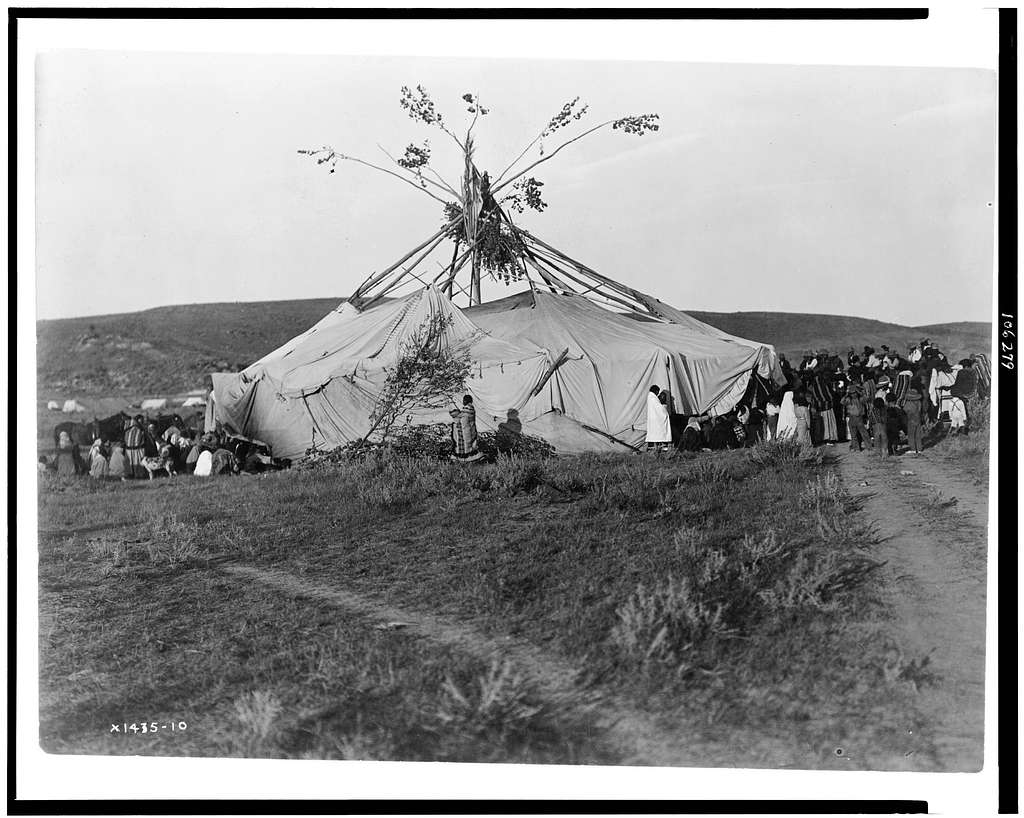
The Northern Cheyenne Tribe is a branch of the original Cheyenne Tribe, a hard-working, nomadic tribe, with a deep appreciation of the land. However, they weren’t always nomadic.
Earliest records of the Cheyenne tribe date back to the 17th century, when the tribe lived a sedentary, agriculture and fishing-based lifestyle around present-day Minnesota and the Great Lakes.
In the 18th century, the Cheyenne migrated west to the Dakota territory, where they abandoned their sedentary lifestyle and adopted the nomadic ways of the plains Indians, living in tipis, hunting bison, and gathering plants, vegetables, berries, and seeds.
Their spiritual connection to the earth and its inhabitants was fundamental to their lifestyle and culture. They fashioned clothing, shelter, and equipment from the animals they hunted and practiced annual ceremonies, such as the Sun Dance and Renewal of the Sacred Arrows ceremony.
Pushed off their land
As the tribe settled throughout the western United States, the territory they called home stretched from Texas to Montana and east to the Oklahoma panhandle. By 1832, they had split into two bands, the Northern Cheyenne and the Southern Cheyenne.
Numerous battles ensued throughout the 19th century as more settlers encroached on Northern Cheyenne lands. Eventually, the federal government forced the Northern Cheyenne onto southern reservations in Oklahoma.
Struggling to survive in the destitute conditions of Oklahoma’s reservation, they made an attempt to flee back north.
As they fled, they successfully escaped the trailing U.S. Army on multiple occasions, though many tribe members perished in ensuing battles or were captured. This event later became known as the Northern Cheyenne Exodus.
Settling near present-day Miles City
After the Northern Cheyenne Exodus, Washington released the Northern Cheyenne from captivity at Fort Robinson and permitted them to settle up north, near Fort Keogh, not far from present-day Miles City.
Over the following years, the Northern Cheyenne migrated across southeast Montana, establishing homesteads along the Tongue River.
In 1884, the Northern Cheyenne Indian Reservation was established east of the Tongue River, and they were never forced to return south again.
The Southern Cheyenne Reservation is located in Oklahoma.
Learn more: History of the Northern Cheyenne Tribe [CONDENSED]
Life on the Northern Cheyenne Indian Reservation today
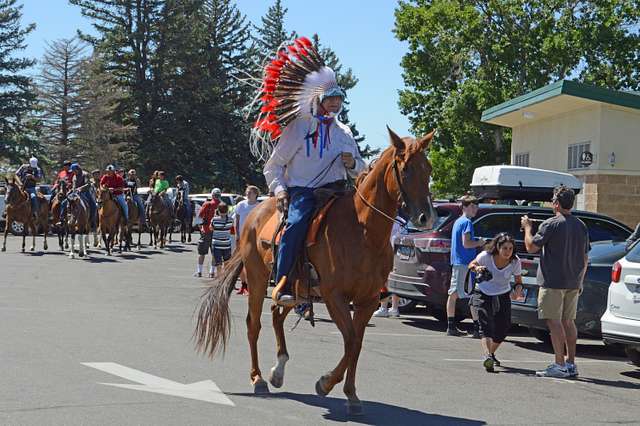
Today, life on the Northern Cheyenne Indian Reservation in southeastern Montana is diverse, home to over 6,000 of the 12,000 enrolled members of the Northern Cheyenne tribe.
The reservation occupies 444,000 acres (1,800km²), and its population consists mostly of enrolled tribal members. Consider the following reservation demographics:
- 99% tribal ownership
- 12,266 enrolled members
- 6,000 enrolled members live on the reservation
- 91% of the population is native
- 72.8% of the population is Northern Cheyenne
- 1/4 of the population 5 and older speak a language other than English
Main towns
Four main districts make up the Northern Cheyenne Indian Reservation, including:
Lame Deer (Capital)
- Population: 4,000
- % native: 92%
- Location of Chief Dull Knife College
Muddy
- Pop: 600
- % native: 94%
Busby
- Pop: 700
- % native: 90%
Did you know?
Busby is home of the 1904 Tongue River Boarding School, which became active in basketball after its establishment. The team went on to beat the Harlem Globe Trotters and won a state championship in the 1950s.
Ashland
- Pop: 460
- % native: 75%
- Location of the St. Labre Catholic Indian School, built in 1884
Did you know?
Ashland was also active in basketball, and when Busby became part of their district, the teams from each town developed a rivalry.
Birney
- Pop: 100
- % native: 86%
Other prominent towns near the Northern Cheyenne Indian Reservation include:
- Birney: A second Birney, with the same name as the reservation town, located just south of the reservation’s southern border.
- Colstrip: an industrial town of 2,300 residents, 11% of whom are native, located just 20 miles north of the reservation, active in coal mining and electrical generation.
Many Northern Cheyenne tribe members attend school in Colstrip or live there for work.
Economy
The main employers on the Northern Cheyenne Indian Reservation are the local schools, federal government, tribal government, power companies, and construction companies.
Small businesses, ranching, farming, and the local education system also contribute to the economy.
Education
The Northern Cheyenne Indian Reservation includes a local tribal school, the historic St. Labre Catholic Indian School, and Chief Dull Knife College.
Find some details about each one below:
1. Northern Cheyenne Tribal School
The Northern Cheyenne Tribal School is located in Busby.
2. St. Labre Catholic Indian School
The St. Labre Catholic Indian School dates back to 1884, during a turbulent time on the western frontier.
The school was originally established in Ashland as a part of an effort to support local Native Americans who had been displaced from their lands due to increased homesteading.
Today, the private, Roman Catholic school offers grades Pre-K to 12, embracing Native American culture while celebrating the catholic faith, and integrating Native American culture into the formal curriculum.
The school also runs various programs, such as a Childcare Center and Community Outreach Service, aimed at educating and providing skills to local residents.
3. Chief Dull Knife College
Chief Dull Knife College, established in Lame Deer by the Franciscan Order in 1884, is named after Northern Cheyenne Chief Dull Knife (or Morning Star), who helped lead the Northern Cheyenne Exodus from Oklahoma in 1878.
The college has roughly 141 students, 50% of whom continue on to four-year colleges after graduation.
The college offers associate degrees in the Arts and Sciences as well as vocational programs and is accredited by the Northwest Community of Colleges and Universities (NWCCU).
Points of interest on the Northern Cheyenne Indian Reservation
Visitors of the Northern Cheyenne Indian Reservation in Montana enjoy a variety of interesting sites and events related to the fascinating history and culture of the Northern Cheyenne Tribe.
Cultural and historic points of interest on the reservation include the following:
1. Chief Two Moons Monument (Busby)
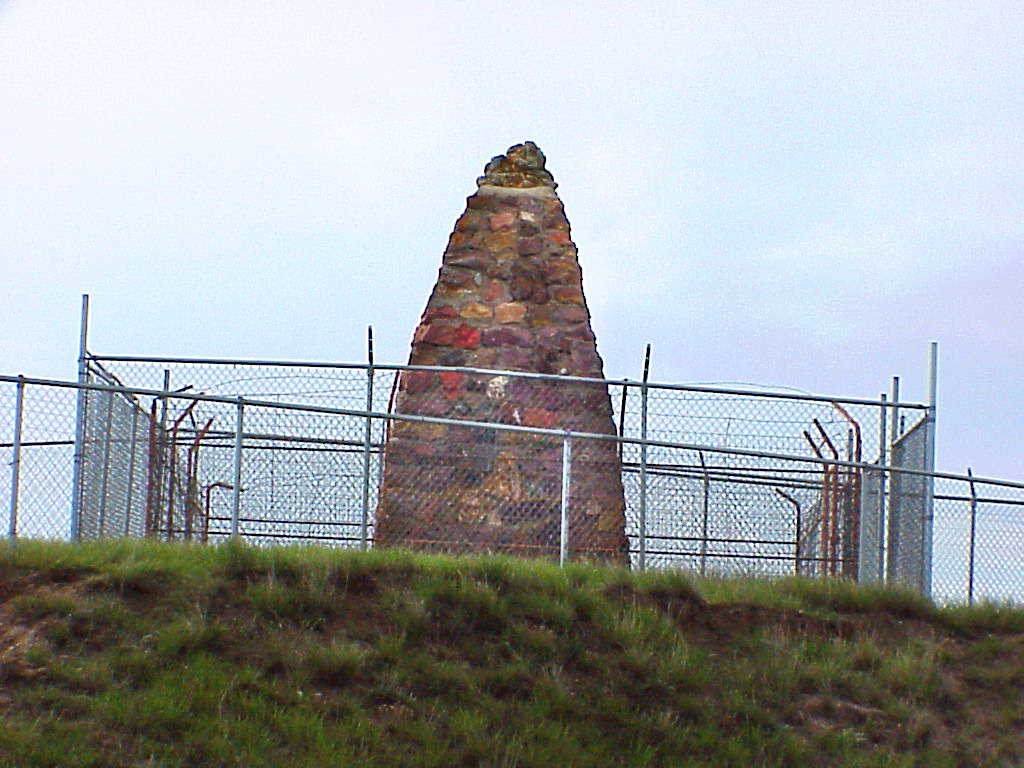
Chief Two Moons Monument, located in Busby, was built in 1936 in commemoration of Chief Two Moons, who fought in the Battle of Little Bighorn.
2. Dull Knife College (Lame Deer)
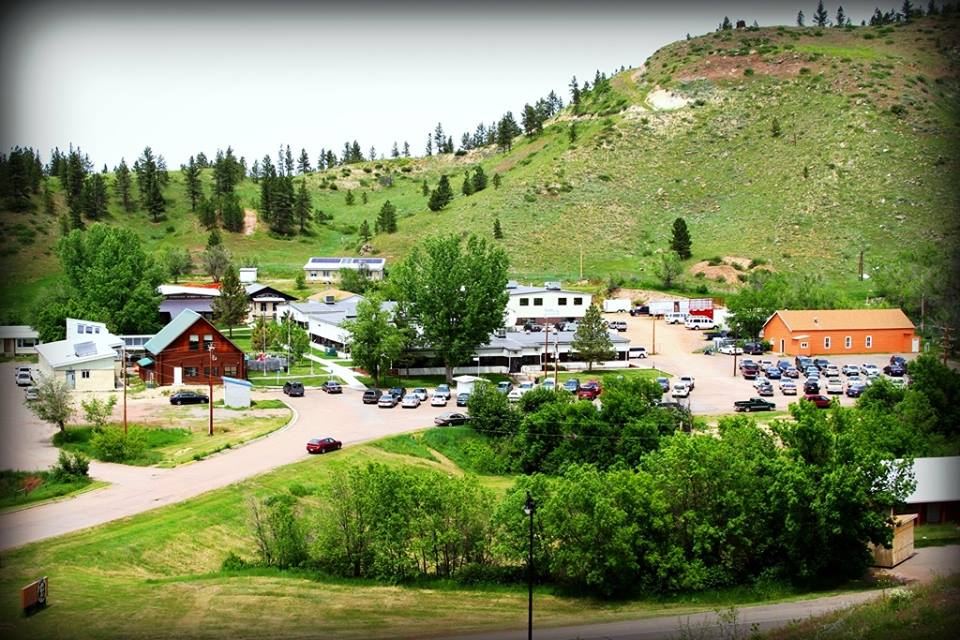
Dull Knife College is a two-year accredited college located in Lame Deer. Its John Woodenlegs Memorial Library features a variety of books, including a section on Cheyenne culture.
3. Northern Cheyenne Chamber of Commerce (Lame Deer)
While the Northern Cheyenne Chamber of Commerce doesn’t offer a lot to visitors, its on-site gift shop is worth stopping and checking out.
There is also an RV park on-site for those who need a place to park their RV for the night.
4. Historical buffalo jump (west of Birney)
Like other Plains Indian tribes, the Northern Cheyenne used to chase bison off ledges and hunt the injured bison in the ravine below. The Northern Cheyenne used a ledge that is situated within the boundaries the Northern Cheyenne Indian Reservation.
Various artifacts, including animal fragments and stone points, have been discovered at the base of this ledge. Non-Cheyenne visitors here must be escorted to the site. Keep in mind that no digging is allowed and on the chance you come across an artifact, it can’t be removed. Just take a photo and report it to the local officials.
The Buffalo Jump is located west of Birney in a relatively remote area. You can reach the site by entering the following coordinates into Google Maps: 45°27’21″N 106°41’10″W.
5. Cheyenne Indian Museum (Ashland)
Located in the St. Labre Catholic Indian School, the Cheyenne Indian Museum features important Northern Cheyenne artifacts, offering insight into the culture and language of the tribe.
6. St. Labre Catholic Indian School (Ashland)
As noted above, the St. Labre Catholic Indian School is historically significant and worth a visit, in addition to its on-site Cheyenne Indian Museum.
The school was established in 1884 by the Franciscan Order as part of an effort to assist local natives who had been displaced from their lands as a result of increasing homesteading.
7. Ashland Powwow
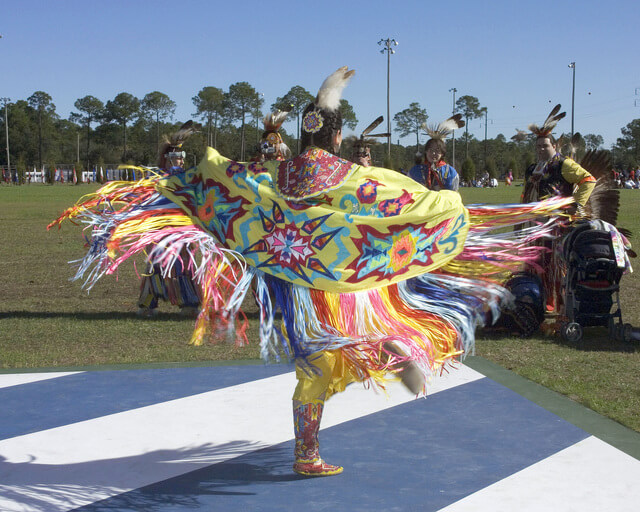
The annual Ashland Powwow is an excellent opportunity to dive into the Northern Cheyenne culture first-hand.
The event features local natives in traditional dress, drummers and dancers from various tribes, gourd dancing, hand games, and various other festivities. Vendors are also on-site selling food and Native American art and beadwork.
The Ashland Powwow takes place on Labor Day roughly 1/2 mile outside of Ashland. Southeast Montana offers information about the powwow, including directions.
